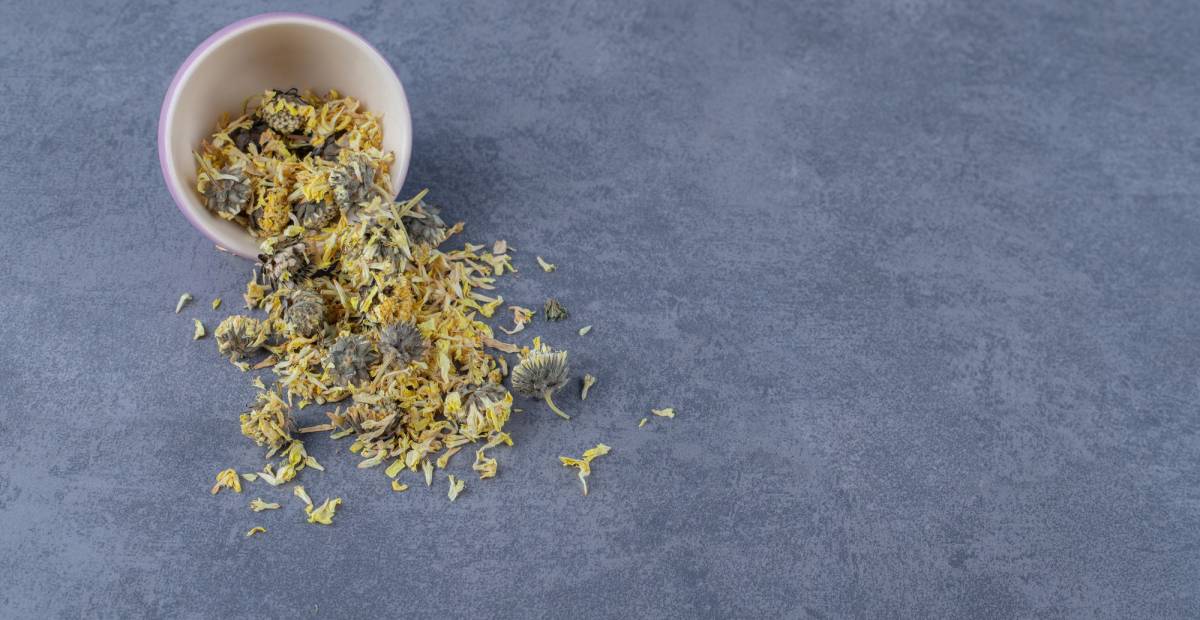Valerian Root: Complete Guide to Benefits, Uses & Safety

Global sales of botanical sleep remedies continue to climb. A 2024 umbrella review of eight systematic evaluations found that valerian root is one of the three most researched herbs for insomnia. 1 Its popularity stems from a long safety record and the wish to avoid conventional hypnotics. This article outlines what valerian root is, how its active compounds work, the evidence for sleep and anxiety, optimal dosage, and safety considerations.
What Is Valerian Root? (Valeriana officinalis)
Botanical Identity
Valerian is a hardy perennial in the honeysuckle family. The rhizome and fibrous roots contain most bioactive constituents. Common synonyms include valerian herb, garden heliotrope, and valerian plant.
Cultivation & Processing
The plant thrives in temperate, moist soils. Roots are harvested after two seasons, air-dried, then milled for teas, tinctures, or standardized extracts. Organic crops avoid synthetic pesticides and are often certified under USDA-Organic rules.
Historical Background
Classical & Medieval Use
Greek medical texts grouped valerian with calming roots. Medieval apothecaries prescribed it for “nervous unrest.”
Modern Standardization
Alcoholic “valerian drops” entered European pharmacopeias in the 19th century. Today most commercial extracts guarantee a minimum percentage of valerenic acids, improving batch-to-batch consistency. For a detailed chronology, see The History of Valerian in Herbal Medicine.
Bioactive Constituents & Pharmacology
Valerenic Acid & GABA-A Receptor Modulation
Gas-chromatography shows total valerenic acids between 0.4 % and 2 %. In vitro work demonstrates sub-micromolar binding to β2/β3 subunits of the GABA-A receptor, enhancing chloride influx and neuronal inhibition. 2 Read more in How Valerenic Acid & GABA Explain Valerian’s Effects.
Other Phytochemicals
-
Isovaleric acid and related sesquiterpenes add mild muscle-relaxant activity.
-
Valepotriates show short-lived anxiolytic effects in rodents.
-
Trace γ-aminobutyric acid may contribute, but the main action is modulation rather than direct GABA supply.
Evidence-Based Benefits
Sleep Quality & Sleep Latency
A 2023 randomized trial using a 600 mg extract standardized to 2 % valerenic acids shortened sleep-onset latency by 14 minutes versus placebo and improved overall Pittsburgh Sleep Quality scores after two weeks. 3 For broader data, consult Valerian Root for Sleep: Evidence, Dosage & Best Practices and Does Valerian Work the First Night? What Trials Show.
Anxiety & Mild Stress
Low-dose valerian (120–200 mg) reduced situational anxiety in controlled studies measuring State-Trait Anxiety scores. 4 A comparative look at adaptogens appears in Valerian vs Ashwagandha: Which Is Better for Stress?
Emerging Uses
Preliminary work suggests benefits for menopausal hot flashes, restless-leg discomfort, and focus in adults with ADHD; data remain limited.
Forms & Preparations
Valerian Tea
Loose root (2–3 g) steeped 10 minutes yields 200–250 mg valerenic-acid-equivalent. Brewing instructions are detailed in Valerian Tea Sleep Recipe (Step-by-Step).
Capsules & Tablets
Most standardized capsules provide 300–600 mg dried extract. A single bedtime dose is typical for insomnia. Detailed capsule guidance appears in How to Take Valerian Root Capsules Correctly.
Tinctures & Liquid Extracts
Alcoholic extracts labelled 1:5 (root : ethanol) deliver about 20 mg valerenic acids per mL. Dose ranges from 2–4 mL nightly. See Valerian Tincture: Drops-per-Dose & Alcohol-Free Options.
Powder & Whole Root
Bulk powder suits smoothies; whole root suits DIY sachets. Comparative pros and cons are covered in Valerian Powder vs Whole Root: Pros & Cons.
Organic vs Conventional Quality
USDA-Organic certification limits pesticide residues and supports soil health. Third-party laboratories should verify heavy-metal limits and active-compound potency. Certificates of Analysis (CoA) list valerenic-acid percentages and microbial counts.
Dosage & Timing
| Form | Typical Bedtime Range | Key Points |
| Standardized capsule | 300–600 mg | Take 30–60 min before bed |
| Tincture 1:5 | 2–4 mL | Dilute in water; avoid with alcohol |
| Tea (cut root) | 2-3 g | Steep 10 min, drink warm |
| Low-dose day use | 120–200 mg | Calms mild stress without sedation |
Children and older adults require weight-based adjustments. Detailed tables are available in Valerian Root Dosage Guide (Capsules, Tea, Tincture).
Safety, Side Effects & Drug Interactions
NCCIH lists headache, stomach upset, and vivid dreams among common adverse events. 5 Rare hepatotoxicity has been reported when valerian was combined with multiple botanicals. Contraindications include pregnancy (safety not established) and concurrent use of sedative drugs. A 2024 safety review concluded that abrupt cessation seldom causes withdrawal but advised tapering after long-term use.6 Comprehensive interaction tables appear in Valerian Root Side Effects, Contraindications & Drug Interactions.
Buying Guide
-
Check Standardization: Look for ≥0.8 % valerenic acids.
-
Verify Testing: Request a CoA confirming potency and lack of contaminants.
-
Prefer Organic: Reduces pesticide exposure.
-
Assess Excipients: Avoid fillers like titanium dioxide if possible.
FAQ
1. Does valerian work the first night?
Some users notice calming within hours, yet controlled trials show consistent benefit after 7–14 days.
2. How much valerian tea for sleep?
2–3 g dried root in 250 mL water, 30 min before bed.
3. Can I take valerian with melatonin?
Co-administration may deepen sedation; stagger doses or consult a clinician.
4. Is valerian addictive?
No evidence of dependence when used up to six weeks; tapering is prudent.
5. Is valerian safe during pregnancy?
Human data are insufficient; most guidelines advise avoidance.
